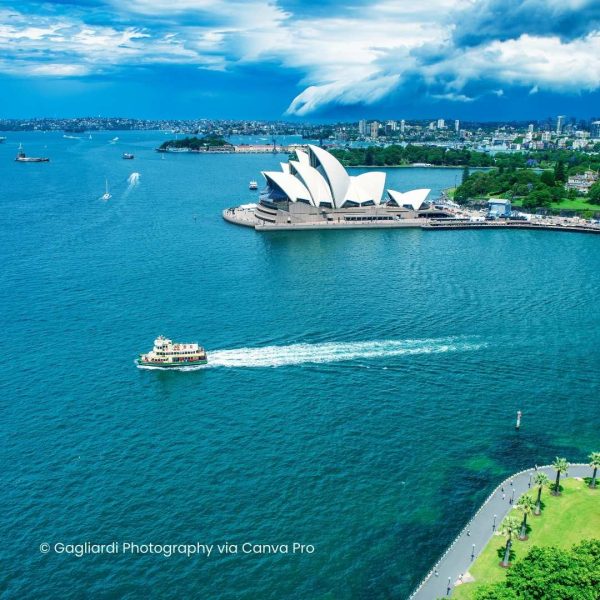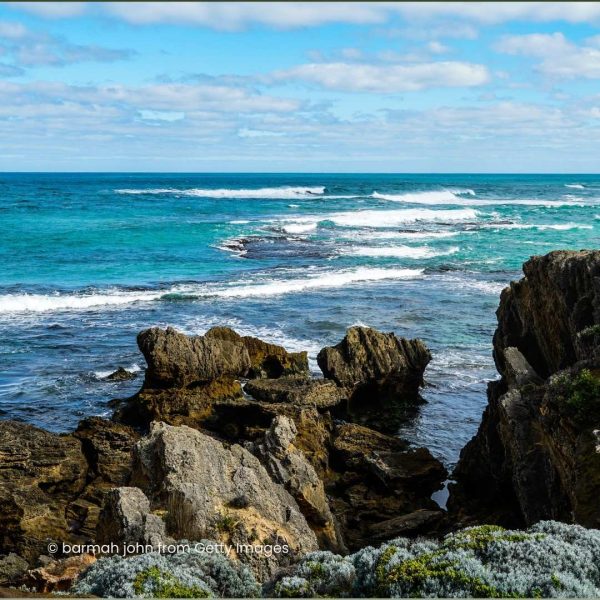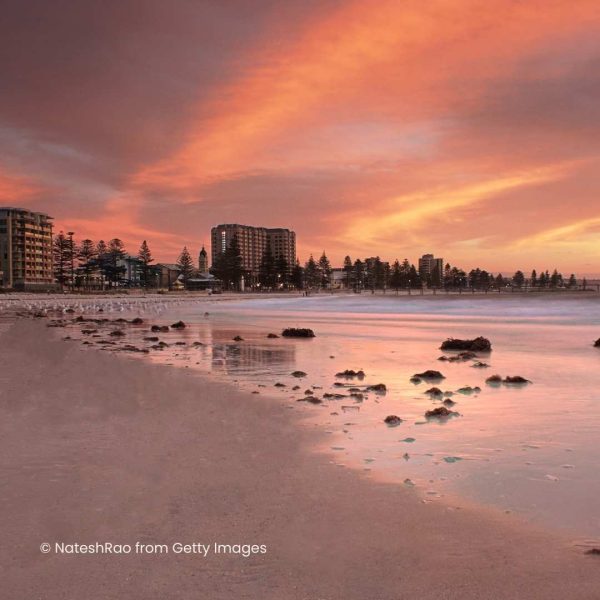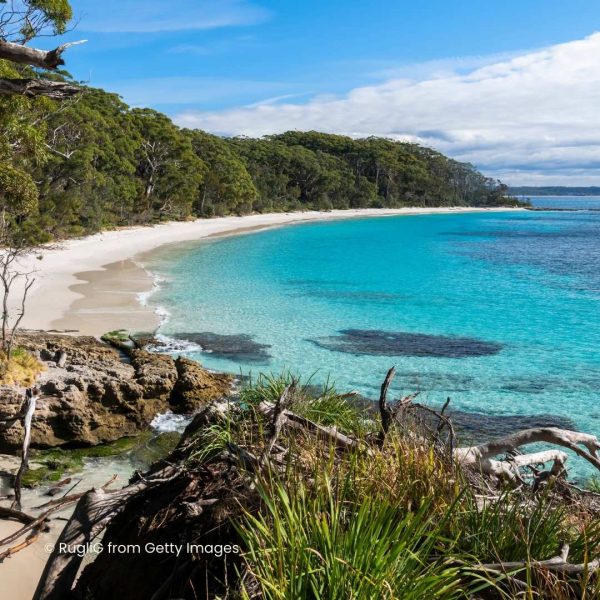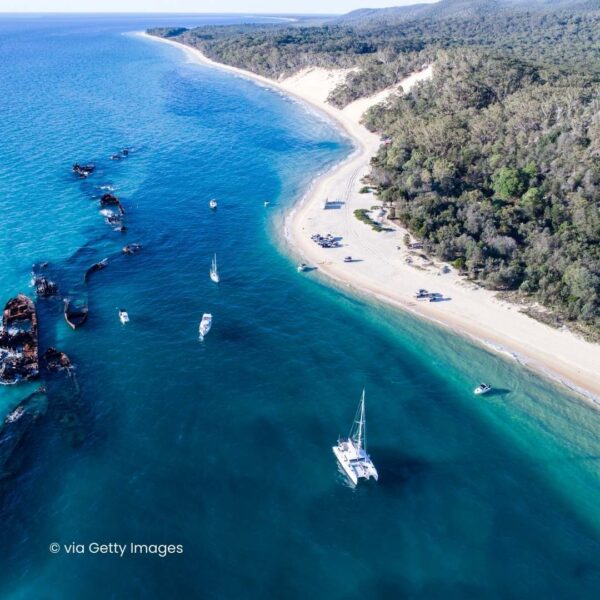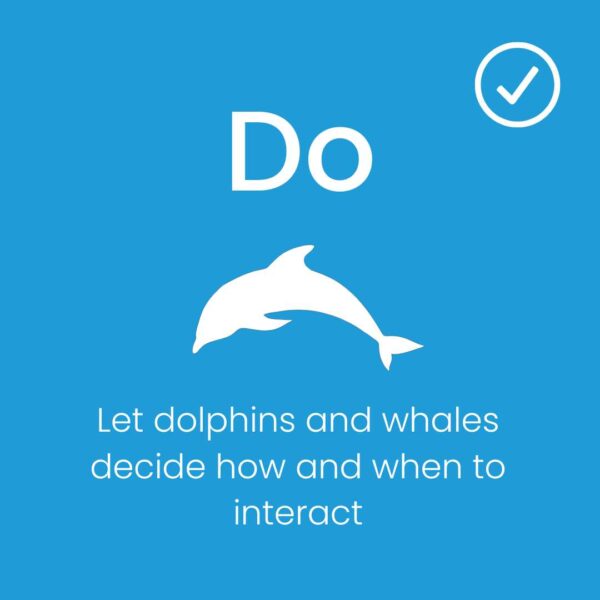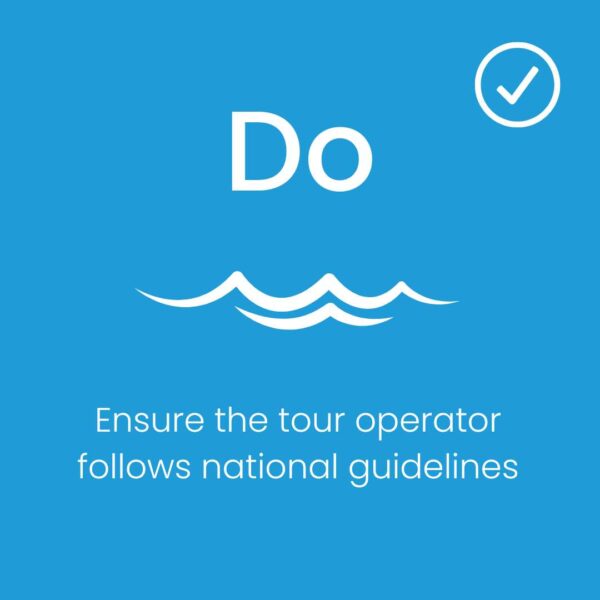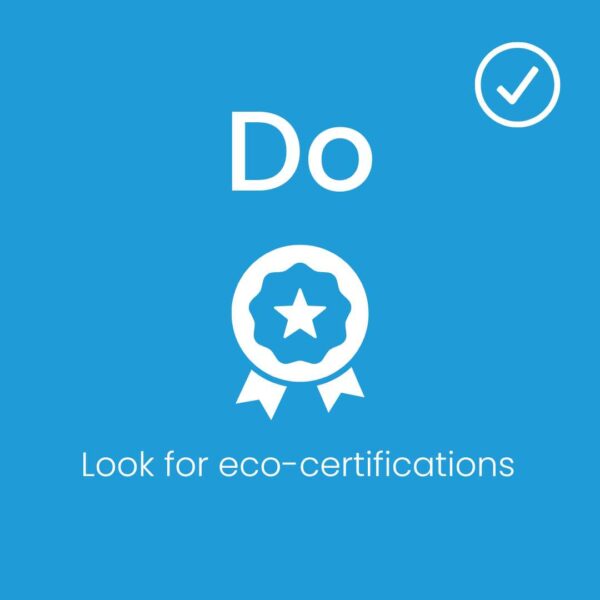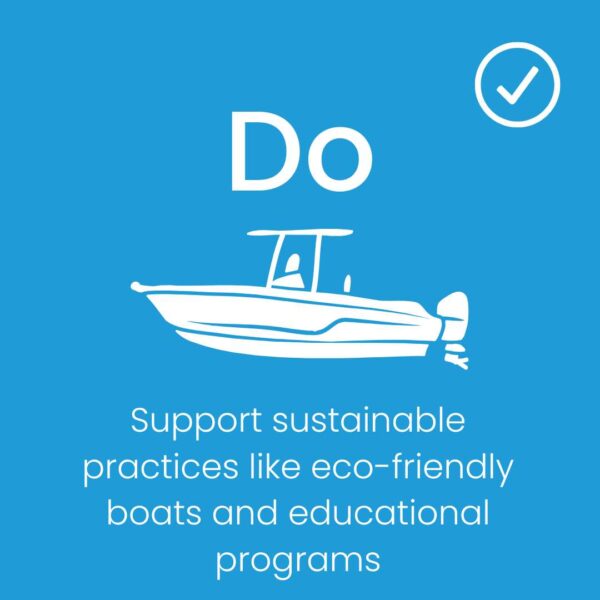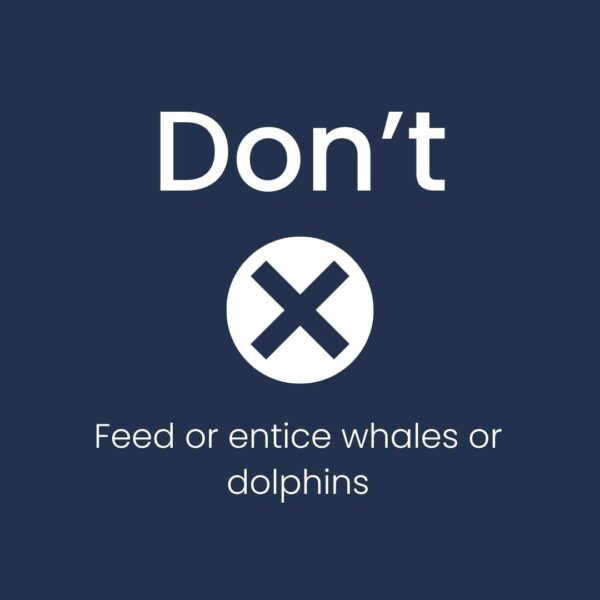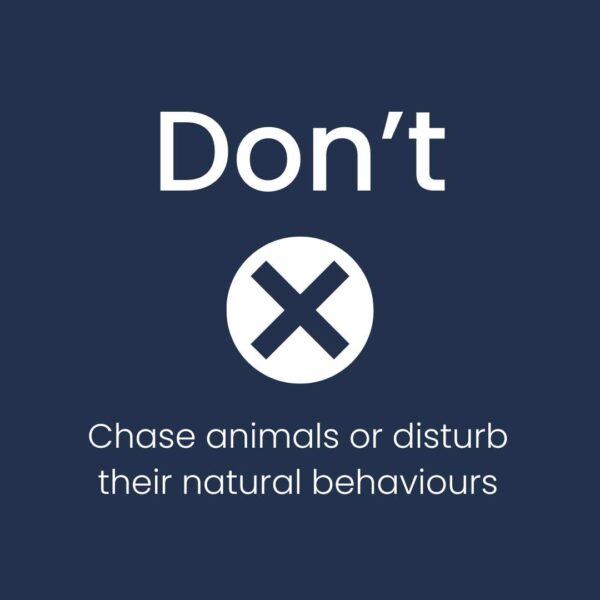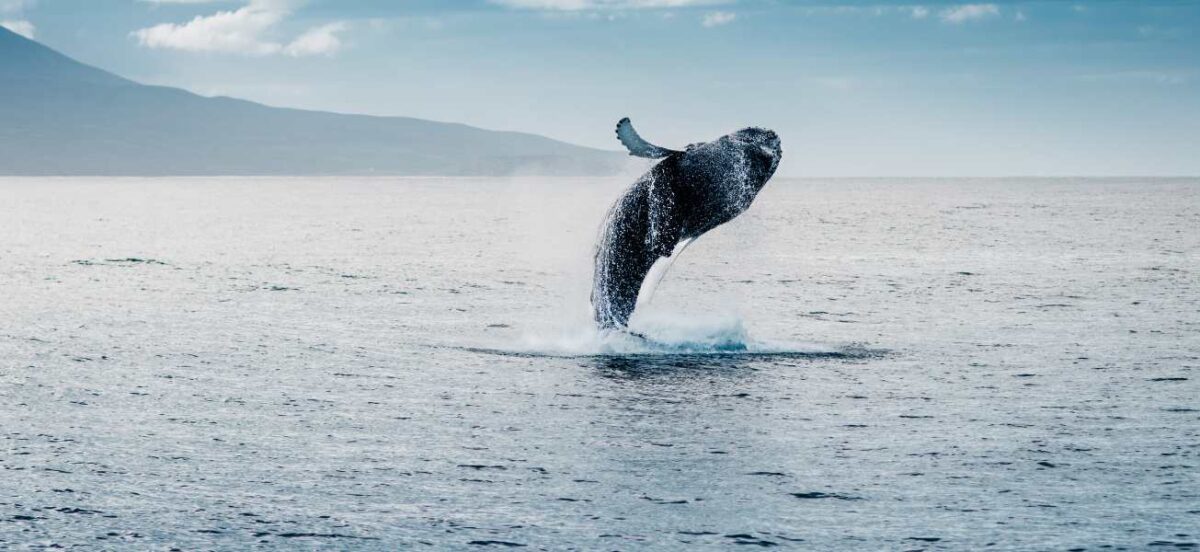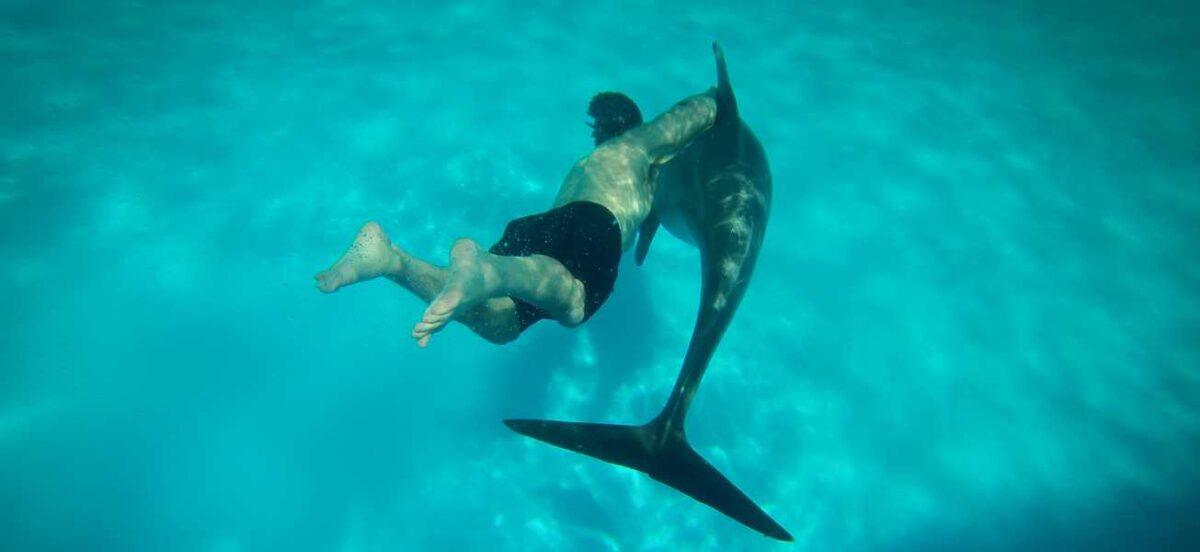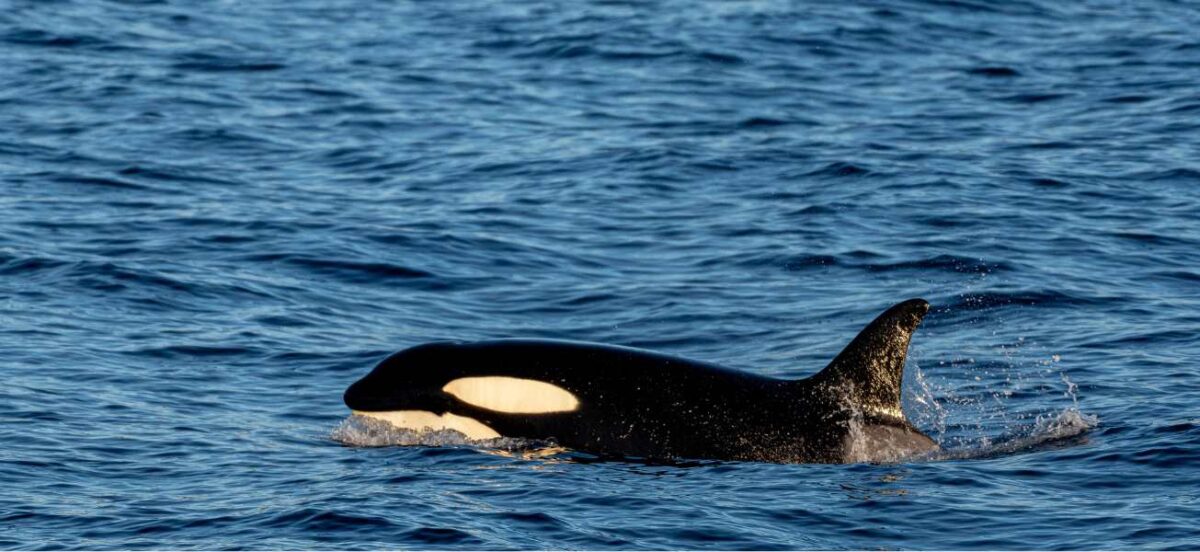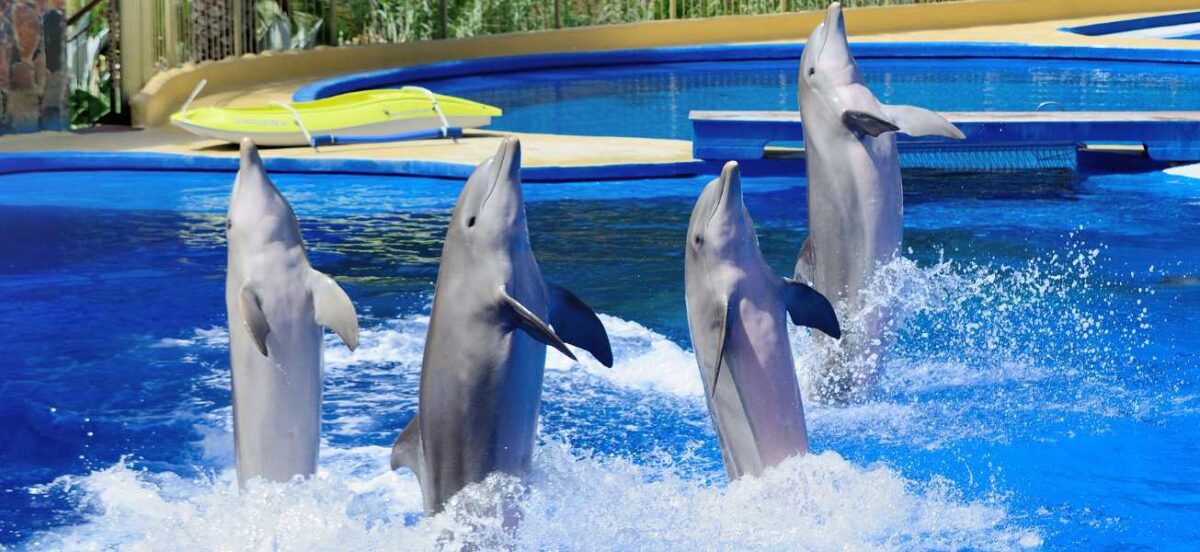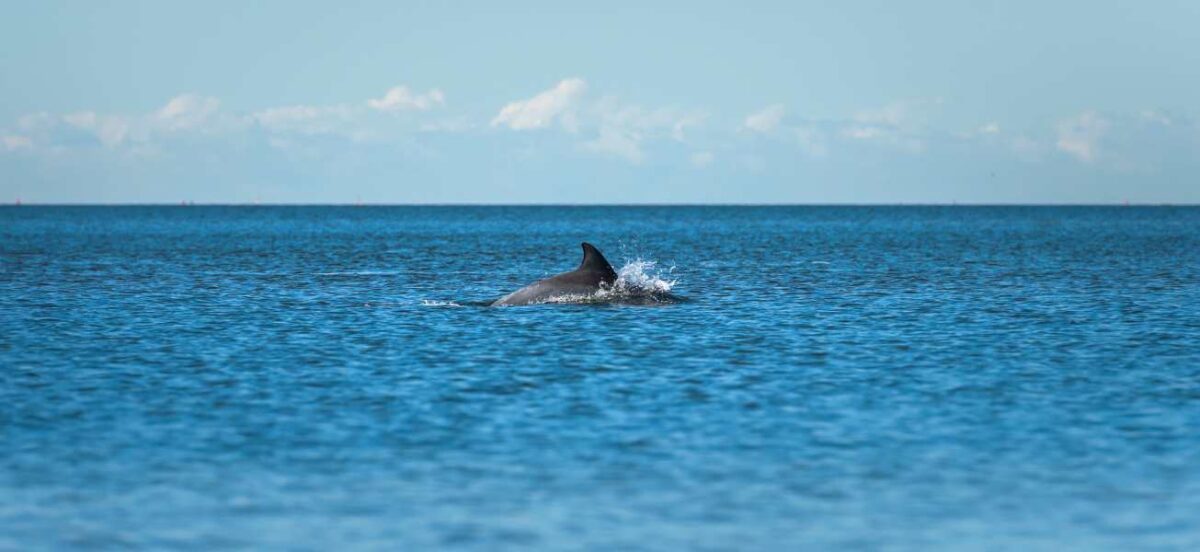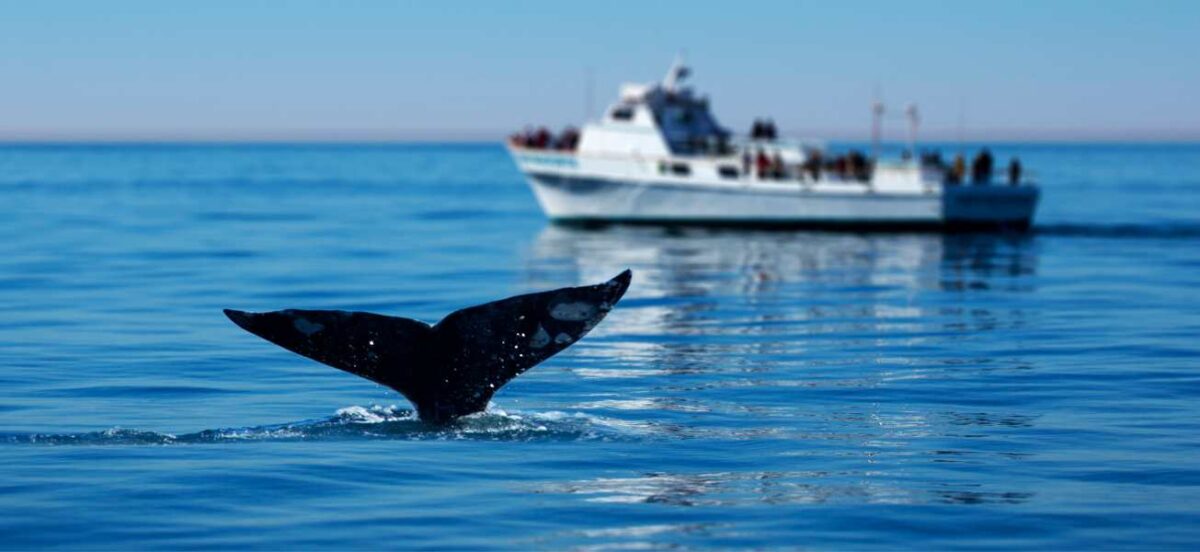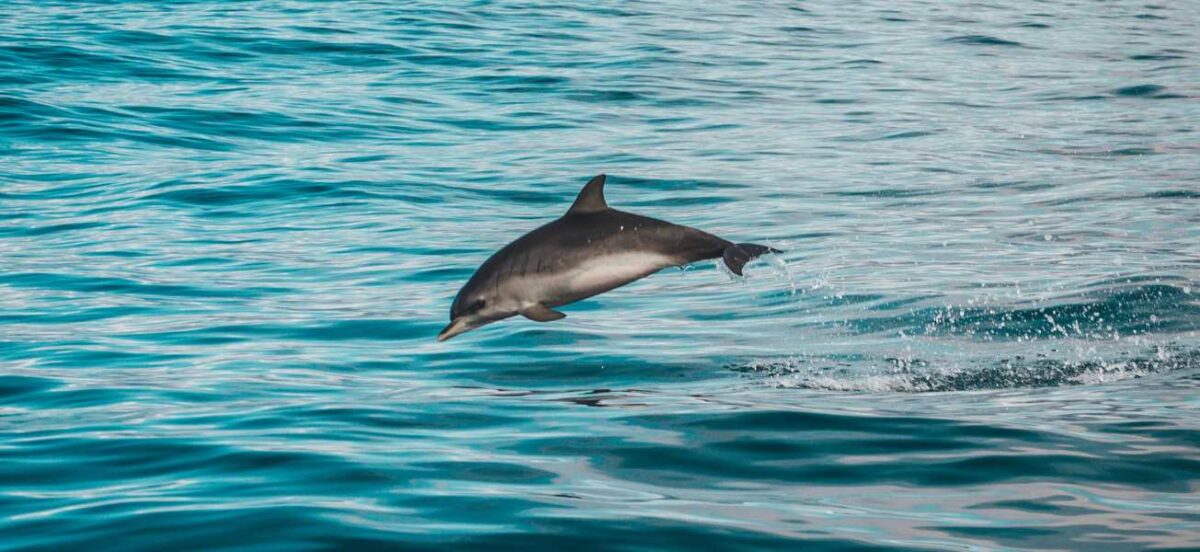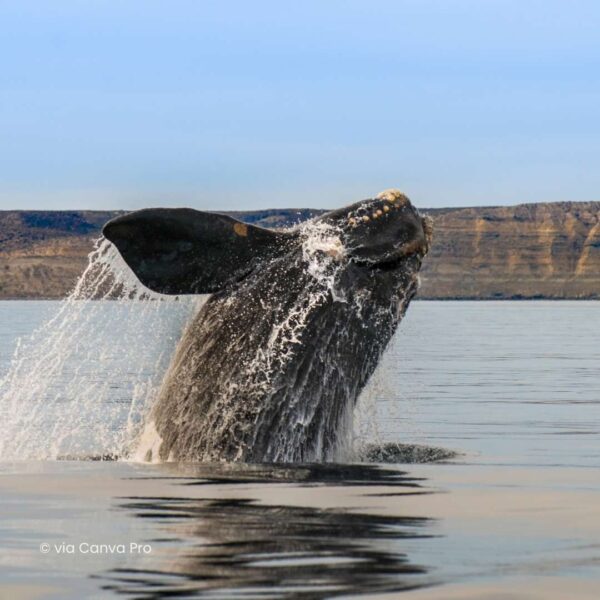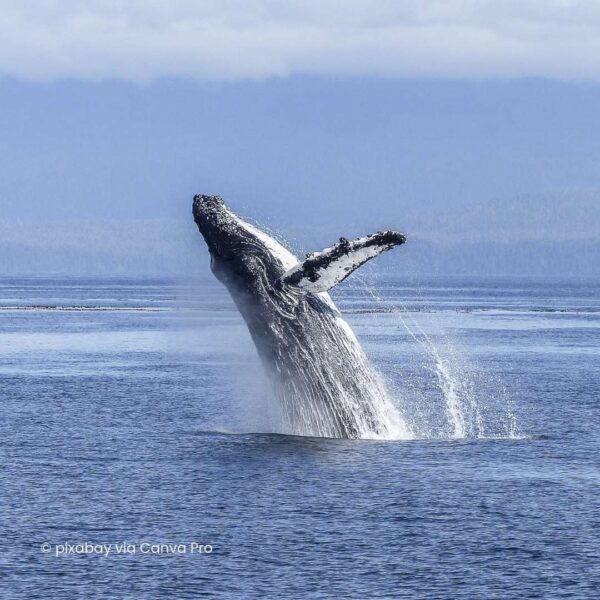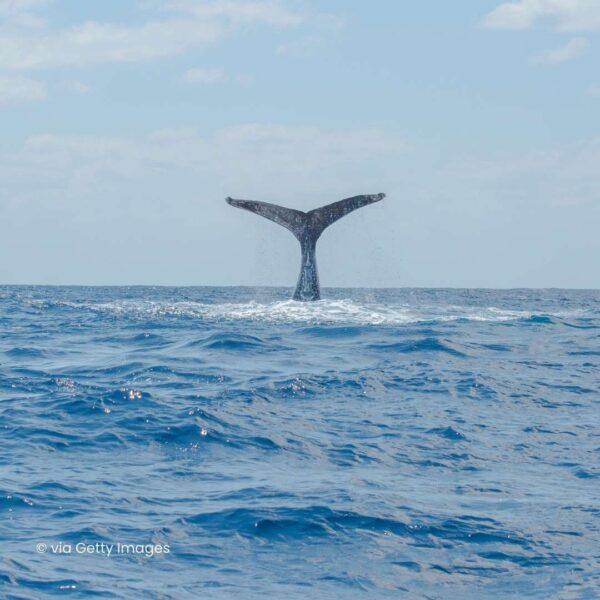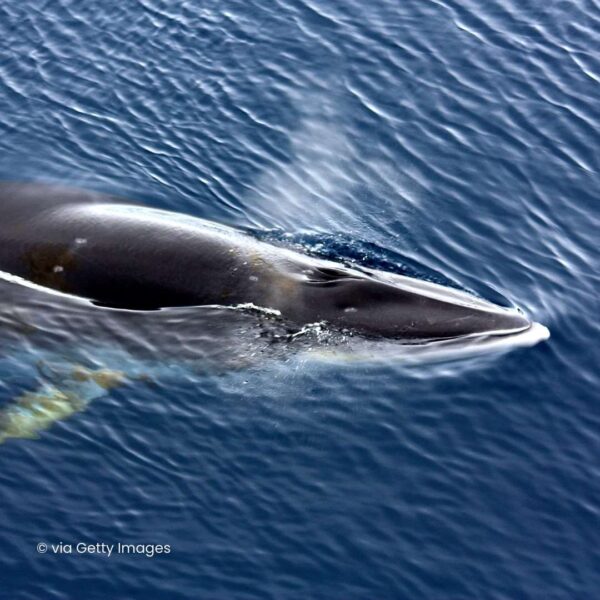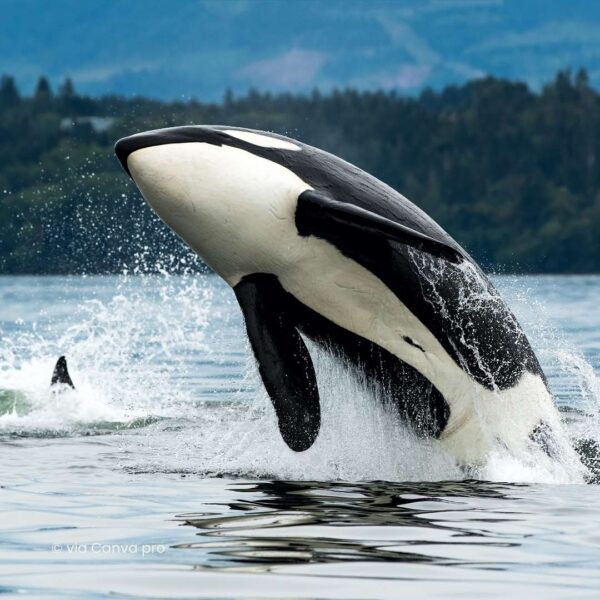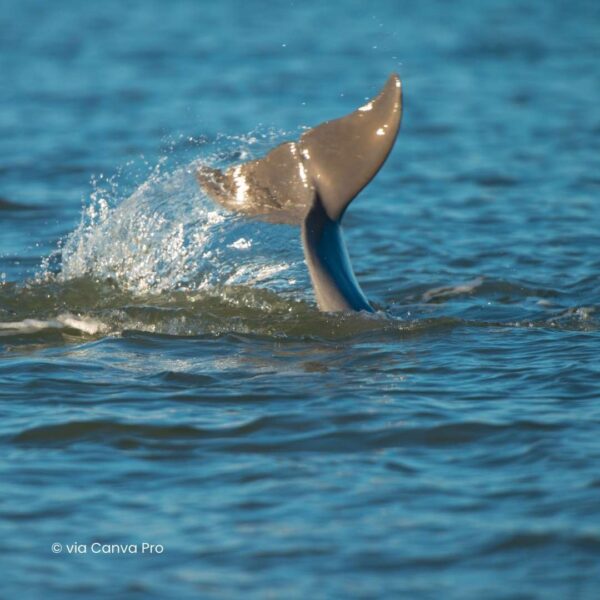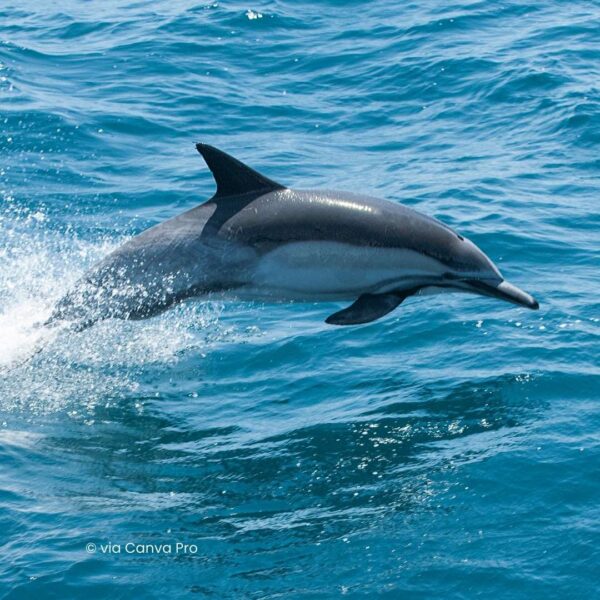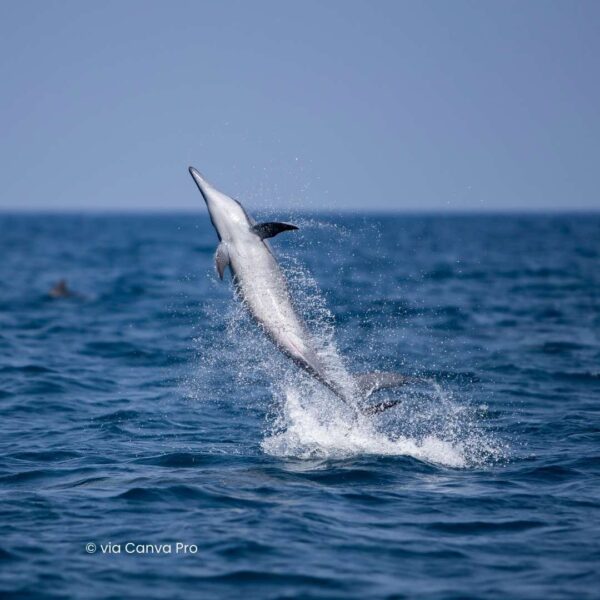Whale watching season in Australia varies by region, but the peak generally falls between May and November, when thousands of humpback and southern right whales migrate along the coast. Early morning and late afternoon tours often provide the most active sightings.
Ready for an unforgettable dolphin and whale watching experience in Australia?
We mobilised a nationwide network of volunteers to assess whale and dolphin watching hotspots across the country – bringing you the ultimate guide to experience these magnificent animals in the wild while prioritising their welfare.
Why choose wild dolphin and whale watching?
Whales and dolphins are intelligent, social, and awe-inspiring animals who deserve to live wild and free. Watching them in their natural environment is a powerful experience – and when done responsibly, it can support conservation rather than cause harm.
By following our guide, you will:
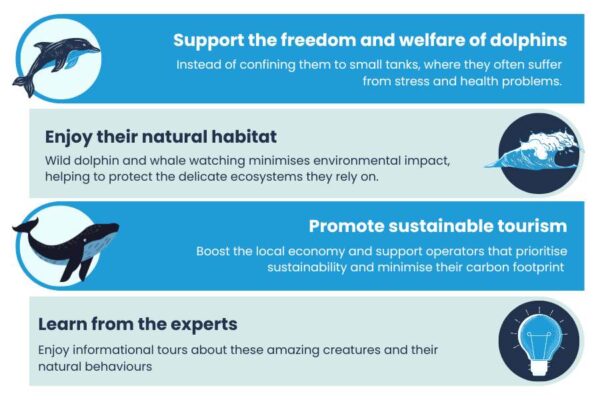
Our dolphin and whale watching tour guidelines
Complies with regulatory requirements
Complies with relevant federal legislative requirements, state or territory legislative requirements and applicable voluntary codes of conduct, codes of practice and guidelines.
Does not offer swim or feed experiences
Does not permit people to swim with, touch, or feed marine mammals.
Permits
Has permits to operate the tours from relevant authorities, and complies with any additional conditions imposed by those permits.
Does not support captivity
Does not support keeping animals in captivity for entertainment.
Follows the National Guidelines
Follows all of the recommendations in the Australian National Guidelines for Whale and Dolphin Watching 2017.
Limits vessels in the caution zone
Operator’s vessel stays in the caution zone for maximum 30 minutes if 3 vessels are present, and maximum 10 minutes if a 4th vessel is waiting to enter the caution zone.
Environmental stewardship
Focuses on optimal use of resources, operations leave minimal impact on the environment and contributes to conserving the environment, as demonstrated with certification from a reputable ecotourism certification scheme.
Educational engagement
Provides passengers with educational information about cetacean conservation, including information on local species, habitats, behaviours, threats facing the local area and the conservation status of the animals in the region.
What is the best time of year for whale watching in Australia?
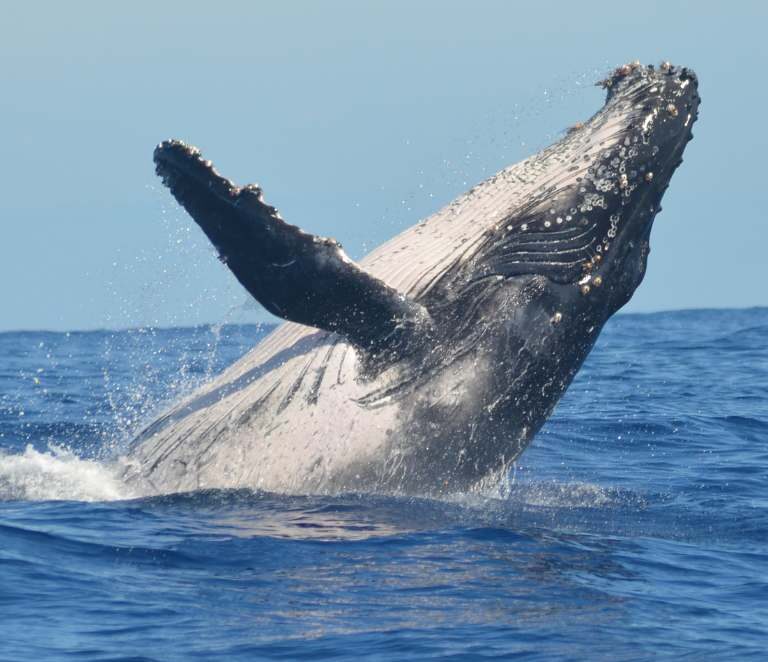
What is the best time of year for dolphin watching in Australia?
The best time of year for dolphin watching in Australia generally falls between October and April, when weather conditions are ideal, and waters are calm. Dolphins are visible throughout the year, but these warmer months offer higher chances of sightings.
For the best experience, consider watching during early mornings or late afternoons, when dolphins tend to be more active.
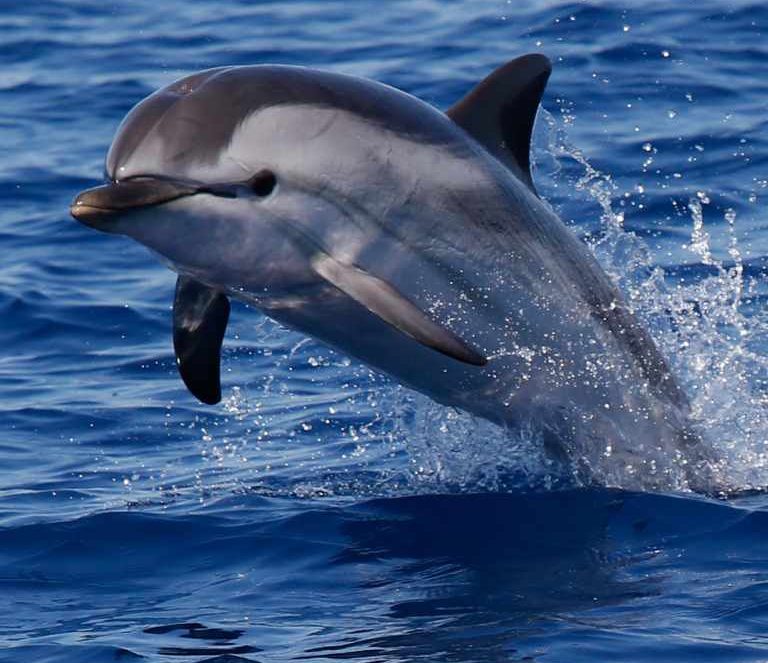
The effects of unethical practices
Unfortunately, not all dolphin watching experiences are created equal. Some tours can even harm dolphins. Here’s why certain activities, like feeding, touching, and chasing dolphins, are harmful.
Video credit: Canva.com
